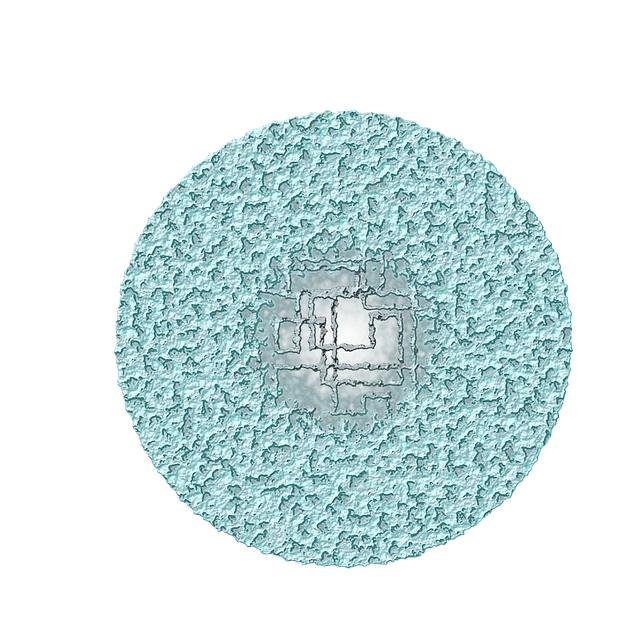Delta-8 THC, a synthetic cannabinoid, offers a milder high compared to Delta-9, yet shares effects with strains like Green Malay and Red Bali. With lower potency, it provides relaxation and heightened senses without intense anxiety. The growing interest in Delta-8 highlights the diverse cannabis spectrum. Green Malay and Red Bali, with their unique chemical profiles, offer contrasting experiences: Green Malay's invigorating cerebral high vs Red Bali's sedative relaxing effect. However, limited research on Delta-8's long-term effects raises concerns, and regulatory gaps impact product quality. Safety and consultation from healthcare professionals are crucial when navigating this new compound, especially compared to natural strains like Green Malay and Red Bali.
“Unraveling the mysteries of Delta 8 THC, a synthetic compound mimicking cannabis’s effects, this article offers a comprehensive guide. We explore its psychoactive properties and delve into the age-old debate: Green Malay vs. Red Bali. From potential benefits and risks to legal considerations, readers will gain insights into navigating this controversial yet intriguing substance. Discover the science, cultural comparisons, and safety precautions surrounding Delta 8 THC, especially in contrast to traditional cannabis strains like Green Malay and Red Bali.”
- Understanding Delta-8 THC and Its Psychoactive Properties
- Green Malay vs. Red Bali: A Comparison of Cannabis Strains
- The Potential Benefits and Risks of Delta-8 Consumption
- Navigating Legalities and Safety Considerations
Understanding Delta-8 THC and Its Psychoactive Properties

Delta-8 THC, a synthetic compound derived from cannabis, has gained attention for its psychoactive effects, offering a unique experience distinct from its more well-known counterpart, Delta-9 THC. Often compared to green Malay and red Bali strains in terms of potency and high, Delta-8 provides a milder yet potentially pleasurable trip. This alternative cannabinoid interacts with the endocannabinoid system, binding to CB1 receptors in the brain, which are responsible for cognition, memory, and perception.
The psychoactive properties of Delta-8 THC include heightened senses, increased relaxation, and a sense of euphoria, similar to traditional cannabis but often described as more subtle and manageable. Its lower potency compared to Delta-9 makes it appealing to users seeking a milder high without the intense anxiety or paranoia sometimes associated with cannabis consumption. This compound’s growing popularity highlights the diverse range of experiences available within the cannabis spectrum, offering an alternative option for those curious about its effects.
Green Malay vs. Red Bali: A Comparison of Cannabis Strains

Green Malay and Red Bali are both cannabis strains, but they differ significantly in terms of their origins, effects, and chemical composition. Green Malay, as the name suggests, is known for its refreshing and uplifting high, often described as invigorating and cerebral. This strain originated from Southeast Asia and is celebrated for its balanced THC to CBD ratio, making it popular among users seeking a mild yet noticeable psychoactive experience. On the other hand, Red Bali is an Indica-dominant hybrid with a rich history in Bali, Indonesia. It offers a more sedative and relaxing effect, targeting both the mind and body, which makes it appealing for evening use or managing stress and anxiety.
The primary difference between these two lies in their chemical profiles. Green Malay typically contains higher levels of THC, providing a more energetic and creative buzz, while Red Bali has a higher CBD content, resulting in a calmer and more soothing sensation. Both strains have devoted followers, each appreciating the unique journey that these cannabis varieties offer, whether it’s the invigorating high of Green Malay or the tranquil effects of Red Bali.
The Potential Benefits and Risks of Delta-8 Consumption

Delta-8 THC, a synthetic compound similar to cannabis, has gained popularity for its potential therapeutic benefits while offering a milder high compared to traditional Delta-9 THC. Often compared to Green Malay and Red Bali strains in terms of effects, Delta-8 provides users with a more subtle and clear-headed experience, making it an attractive option for those seeking relaxation without the intense euphoria or cognitive impairment.
However, as with any psychoactive substance, there are risks associated with Delta-8 consumption. Limited research on its long-term effects means that potential drawbacks may include anxiety, paranoia, and sleep disturbances, especially when consumed in high doses. Additionally, regulatory gaps mean inconsistent product quality and potency, underscoring the importance of purchasing from reputable sources. The relatively new nature of Delta-8 also makes it challenging to determine suitable dosage, further emphasizing the need for caution and responsible use.
Navigating Legalities and Safety Considerations

Navigating the legal landscape surrounding Delta-8 THC (a synthetic cannabis-like compound) can be complex, as its regulatory status varies across different regions. While some areas have embraced its potential therapeutic benefits, others maintain stringent restrictions. The key difference between Delta-8 THC and its more well-known counterpart, Delta-9 THC found in marijuana, lies in their chemical structure. This subtle variation leads to varying effects; Delta-8 is often described as offering a milder high compared to green Malay (a potent cannabis strain known for its potent effects) while possessing potential anxiolytic properties akin to red Bali (another renowned strain for its calming effects).
Safety considerations are paramount when exploring any psychoactive substance. Although Delta-8 THC has gained popularity due to its apparent lack of severe side effects, it’s not without risks. Limited research on its long-term effects means that caution is advised, especially regarding dosage. The synthetic nature of Delta-8 also raises concerns about potential contaminants or unknown additives, as seen with some green Malay and red Bali alternatives on the market. Always prioritize reputable sources and consult healthcare professionals for guidance when navigating this relatively uncharted territory.
Delta-8 THC, a synthetic compound derived from cannabis, offers unique psychoactive effects, as highlighted in our exploration of Green Malay and Red Bali strains. While it presents potential benefits, such as anxiety relief and enhanced relaxation, understanding the risks is paramount. Navigating legalities is crucial, as regulations vary, and safety considerations should always be at the forefront when consuming any substance. This overview emphasizes the importance of informed decisions regarding Delta-8 THC, particularly when comparing cannabis strains like Green Malay and Red Bali.






